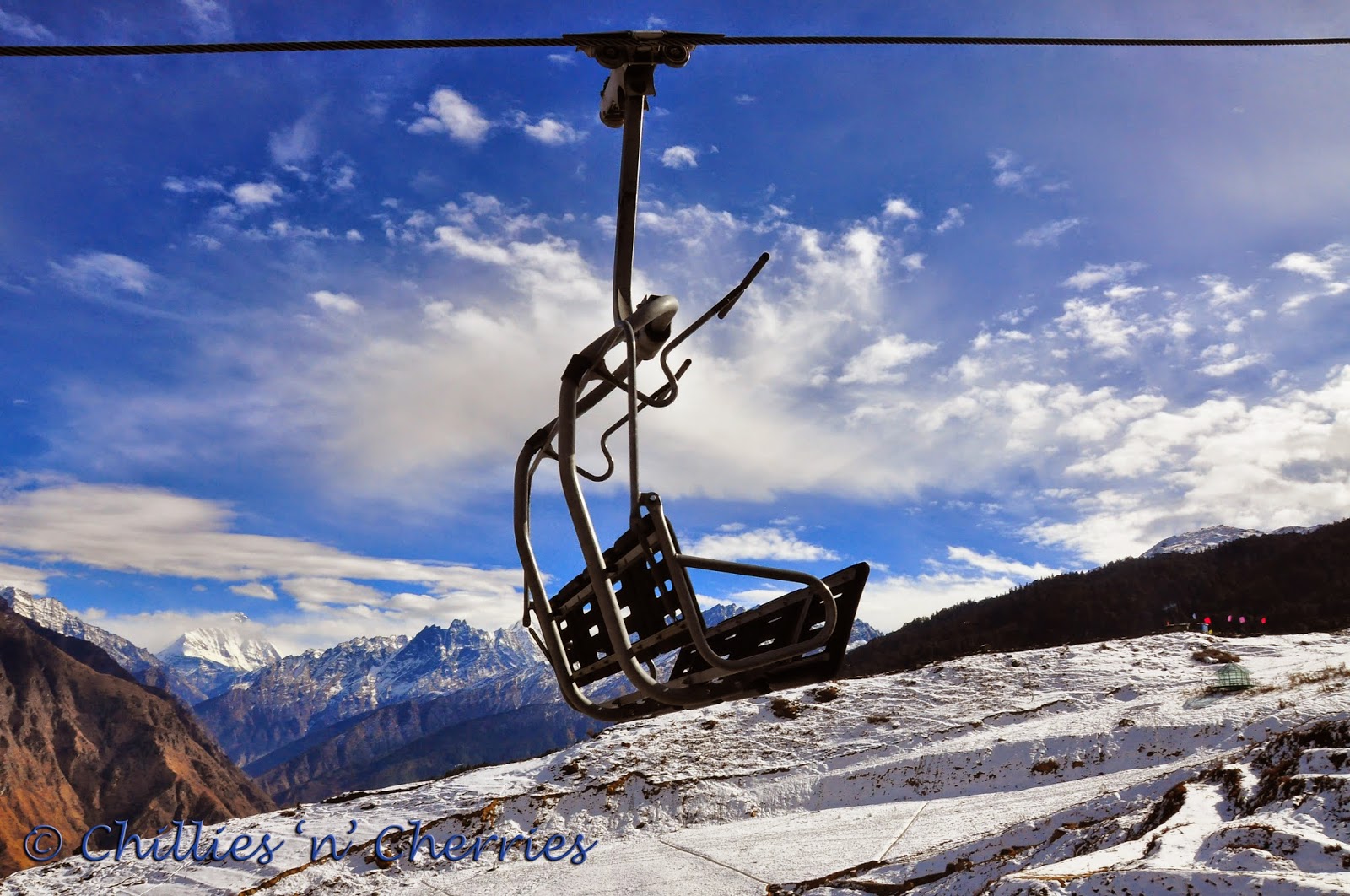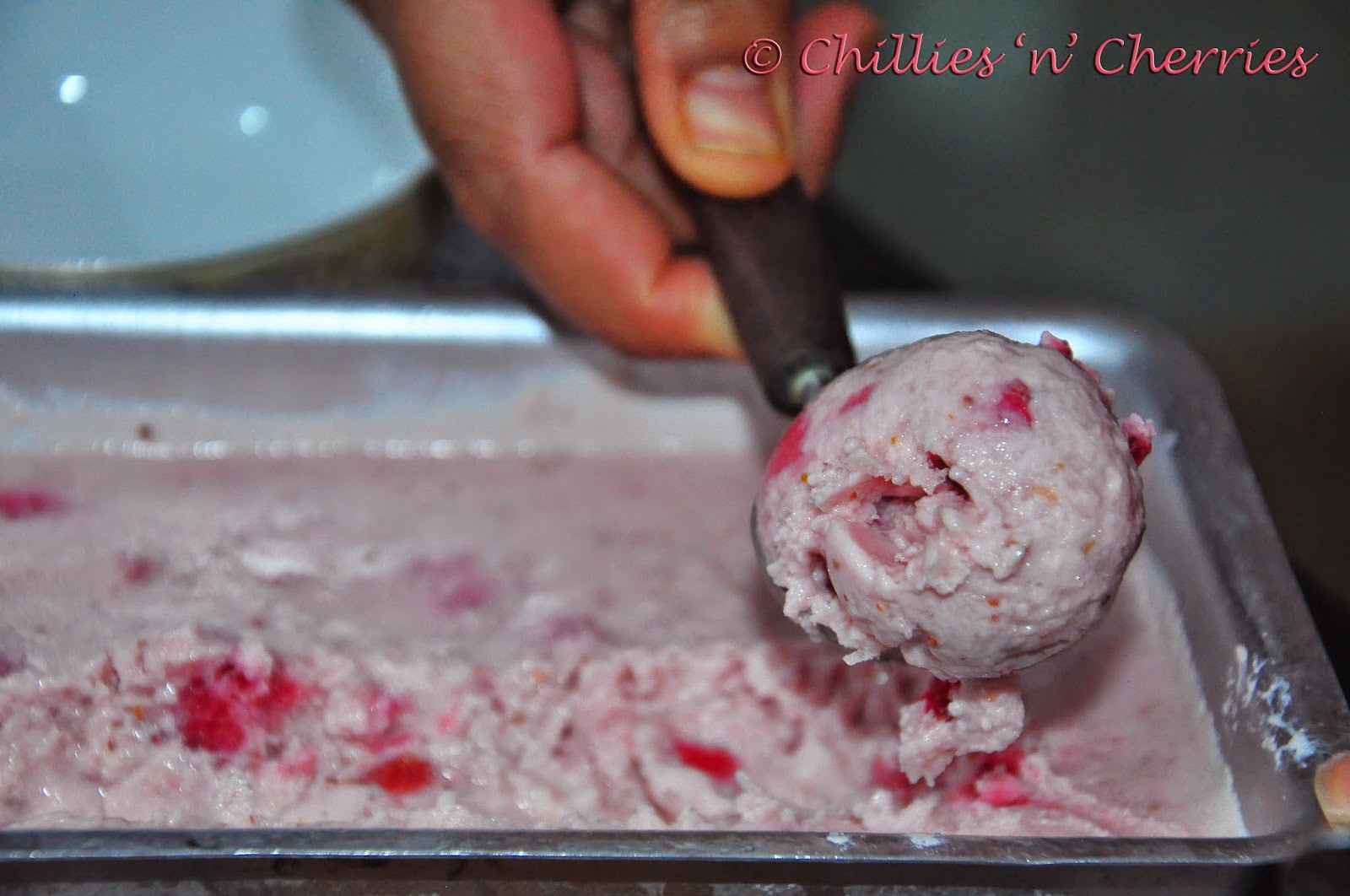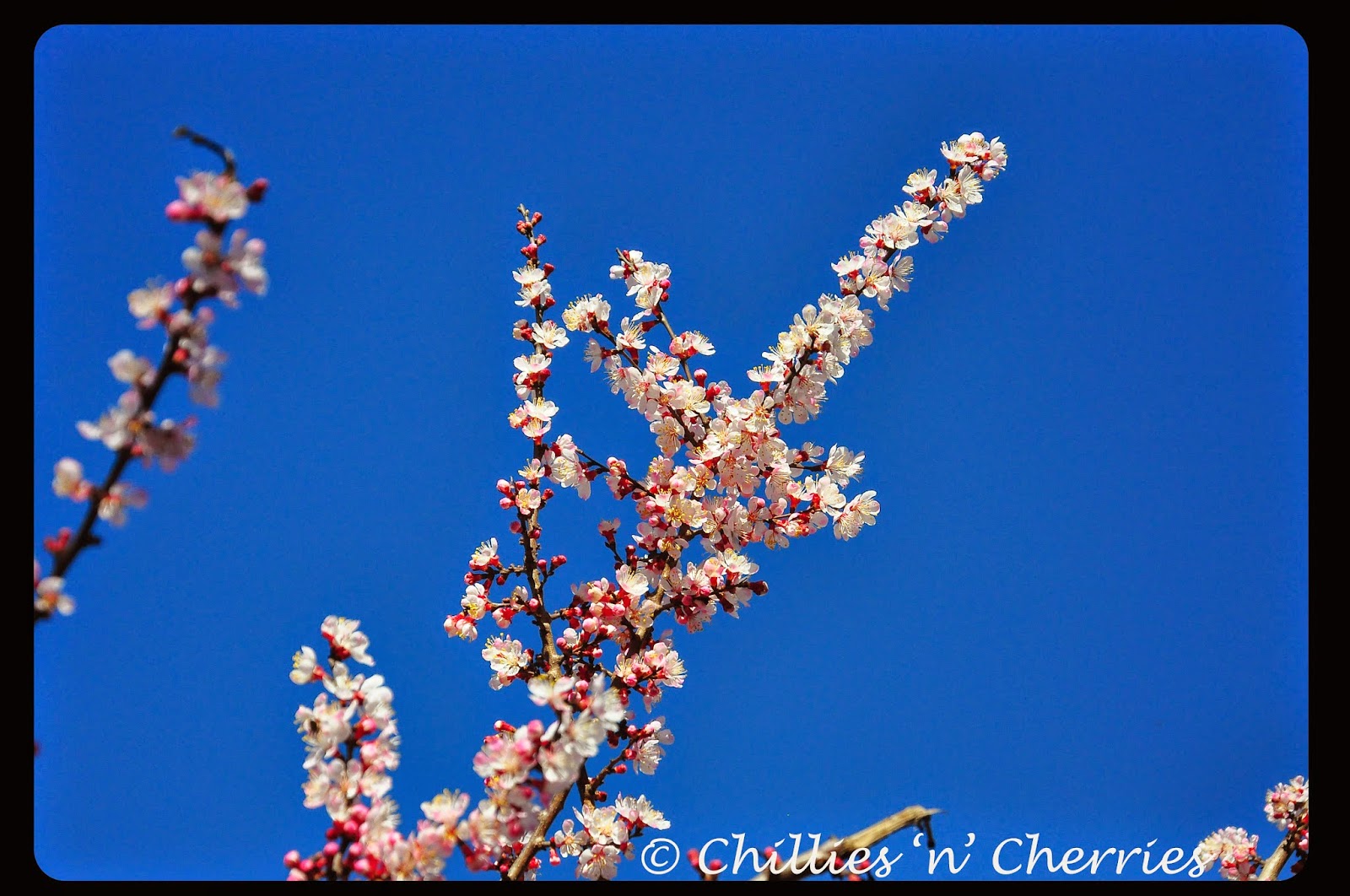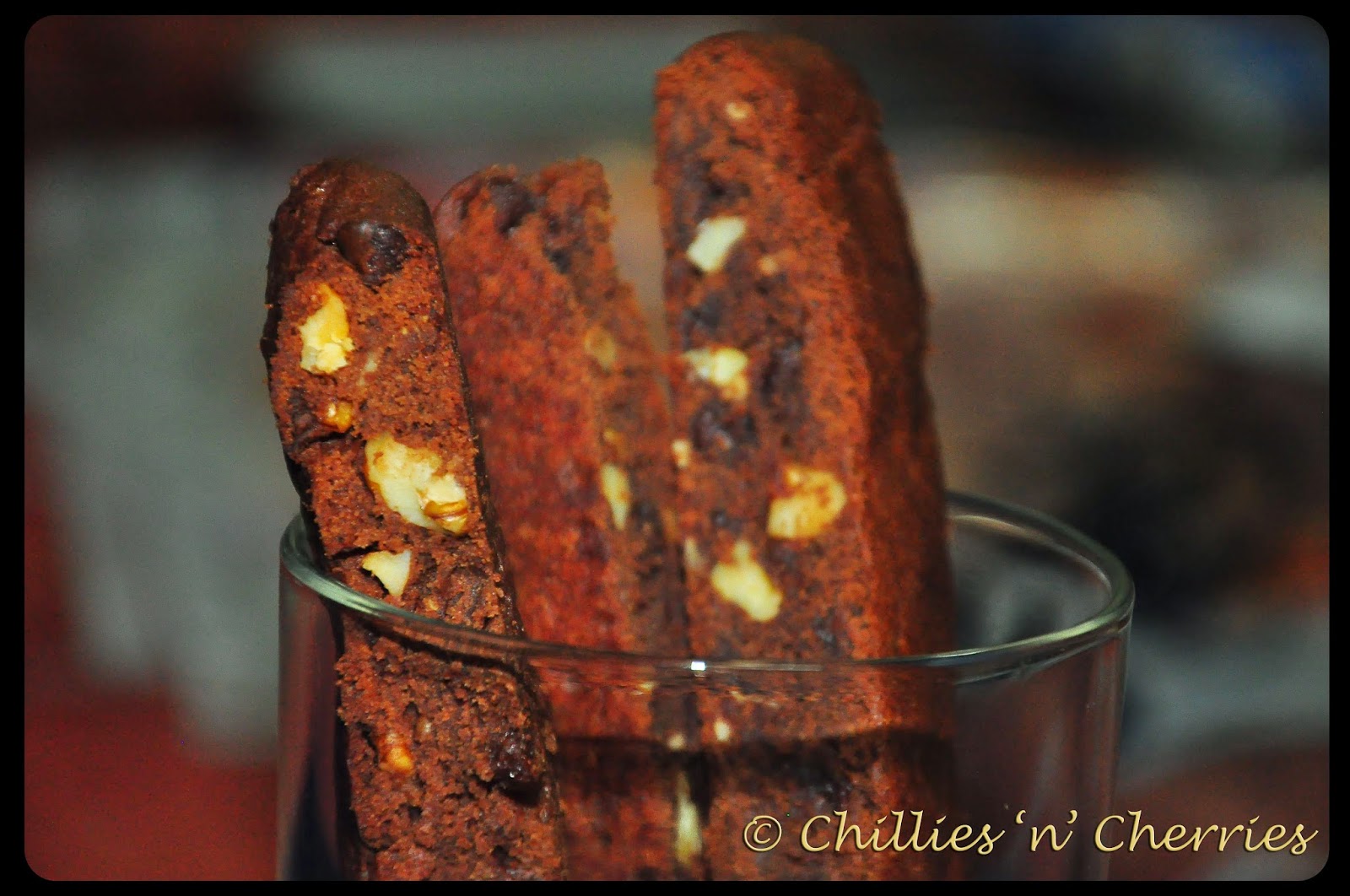Lately we were discussing a few things about photography. One evening she said, I’ve something for you! Why not you share a few things about photography, say do a session with Fondbites, bakealong. I was like ‘me? Are you serious?’ She said, ‘yes’ why not? And rest you all know. So here I’m, with you, for you, for next 8 weeks! Presenting a write up every week about photography, in which we will try to cover basics of the subject, a bit of techniques, food styling and post processing. Will pick up topics with the flow and try to clear each and every doubt you’ve with whatever knowledge I’ve gathered in the process of learning this beautiful subject. So welcome aboard my dear friends :).
Have you ever imagined what is the best gift we got from nature? ok, maybe not the best thing but yes a gift which only we possess? It is our ability to see Colours. Yes, colours. Only we humans can see different colours say red, blue, green, pink and many more.

I love to go in a candy shop because I love the splash of different coloured candies showcased there. Almost 95% people love chocolate. Gooey, Satiny, Silky, Chocolaty yummmmm. Besides the taste, its colour is also comforting which looks just perfect to our eyes.

I love to go in a candy shop because I love the splash of different coloured candies showcased there. Almost 95% people love chocolate. Gooey, Satiny, Silky, Chocolaty yummmmm. Besides the taste, its colour is also comforting which looks just perfect to our eyes.
Whenever we see something beautiful and colourful we want to capture it through our camera whether it is food or any landscape.

We want to capture everything which brings smile to our lips. I’m sure we all do. A camera has become an essential part of our life, no matter which camera. A good phone camera, Point or Shoot cameras, DSLRs or any other camera, we just love to click and click and click. Right? Does it sound familiar? So we all love photography in some or other way and it is always better to know some basics of that. Our main motto is how to capture our food in a better way.

So before we dig more into this, I’ll tell you why I wanted to learn more about photography. I stayed in a small hilly town of Uttarakhand, where everything was so beautiful. Flowers, fruits, river, hills and people everything was so colourful and serene that I wanted to capture all of them.


But sometime photos came beautiful and other times not, and at this time I developed an urge to learn how to take good photographs. So I started reading and slowly developed a liking towards photography.

From all those material which I read, I came to know why my one photo was good and the other one a bit dark. Now I want to share few basic rules of photography with you which I came to know through my readings and experiences….
Components of photography:
1. Basics of Camera
2. Effects of Light
3. Presentation of the Object
4. Composition of background and surroundings
5. Post processing of photograph


But sometime photos came beautiful and other times not, and at this time I developed an urge to learn how to take good photographs. So I started reading and slowly developed a liking towards photography.

From all those material which I read, I came to know why my one photo was good and the other one a bit dark. Now I want to share few basic rules of photography with you which I came to know through my readings and experiences….
Components of photography:
1. Basics of Camera
2. Effects of Light
3. Presentation of the Object
4. Composition of background and surroundings
5. Post processing of photograph
1. Basics of Camera
Our camera is that basic thing from which we capture a photo and believe me it doesn’t matter if you have a DSLR or a point and shoot (P&S) camera or simply a mobile camera. The only thing that matters is the person behind the lenses and that’s you. I’ve seen amazing photos from a P&S camera or even with a mobile camera and pathetic photos clicked by a DSLR. No matter what brand or model of camera you choose certain features are available in every camera and it is always better to know about these settings. But always believe you are the BOSS and the camera has to obey your command not vice versa. A camera has many components which make your picture alive. We will discuss it one by one.
Are you scratching your head…hehehehhe… I know I know..
Ok let me tell you with an example, hold your mobile phone in your hand about a feet away from your eyes, now focus on the mobile screen and you can feel two effects simultaneously:
1. Only the mobile is clearly visible and everything else in the surrounding is blurred.
2. Pupils of the eyes have expanded like large aperture opening. This mechanism works with your camera’s aperture settings too.
Now keep the mobile at the corner of the room and try to focus on it. You can again feel two effects:
1. You can see the mobile and the surroundings equally clear.
2. To concentrate on the mobile you have to squint your eyes i.e. like the small aperture setting your pupils have narrowed.
In the above examples, the apparent distance between the main object(mobile) and the surroundings is also referred as Depth of field in photography terminology.
In the case of camera, aperture is also controlled by an iris that opens up or stops down the amount of light.
(i) Aperture
Aperture refers to the size of the opening of your lens and it determines the amount of light that gets to your camera sensor. Aperture affects the exposure and depth of the field in your image….Are you scratching your head…hehehehhe… I know I know..
Ok let me tell you with an example, hold your mobile phone in your hand about a feet away from your eyes, now focus on the mobile screen and you can feel two effects simultaneously:
1. Only the mobile is clearly visible and everything else in the surrounding is blurred.
2. Pupils of the eyes have expanded like large aperture opening. This mechanism works with your camera’s aperture settings too.
Now keep the mobile at the corner of the room and try to focus on it. You can again feel two effects:
1. You can see the mobile and the surroundings equally clear.
2. To concentrate on the mobile you have to squint your eyes i.e. like the small aperture setting your pupils have narrowed.
In the above examples, the apparent distance between the main object(mobile) and the surroundings is also referred as Depth of field in photography terminology.
In the case of camera, aperture is also controlled by an iris that opens up or stops down the amount of light.
The aperture of the lens is measured in f/stops.
 |
| Photo source: Google |
- The lower f/stop number= wide aperture=fast aperture=more light comes in= fast lens (example f/2)
- The higher the f/stop number= smaller aperture= slow aperture =less light comes in= slow lens(f/22)
These pictures will make things more clear
Can u see the difference between these pictures? The wide/ large aperture creates a very small area of actual focus.
So, use a wide/large aperture if you want the photograph to focus only on the object and to blur the background, thus reducing the distractions and enhancing the object.
If you have a DSLR camera, the aperture settings can be accessed in ‘A’ mode where as in P&S cameras this setting can be accessed in ‘flower’ mode to limited extent. For full aperture effect with P&S and mobile camera I’ll discuss few techniques in ‘post processing’ session.
More on camera in next session…..






No comments:
Post a Comment